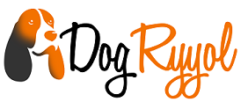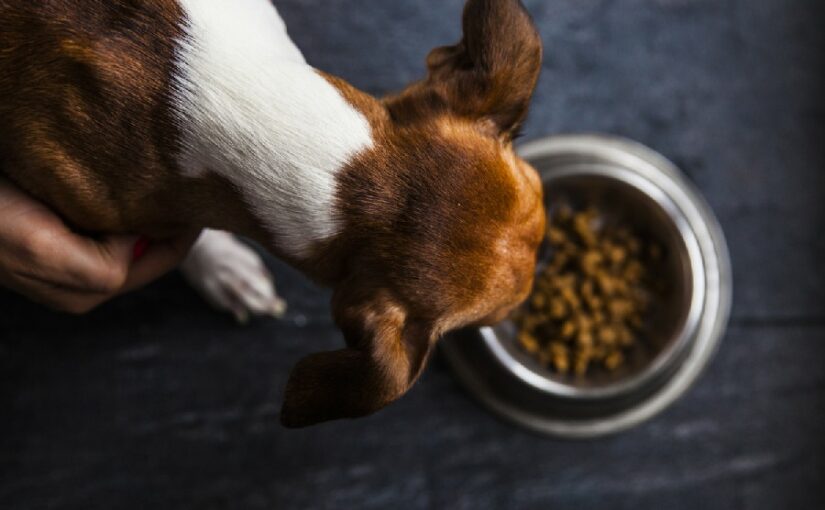People keep various animals as pets – but ask the majority what their favorite one is, the most popular answer is bound to be dogs. Having a pet dog can be one of the most enriching experiences in life. From acting as your most loyal companion to loving you on lonely days, dogs fulfil many roles. And as much as they care for us, we should care about them. An important step in looking after your dog is being mindful of what’s in their food. A common doubts for many dog owners is whether food colouring is safe or not for dogs. This post will help you to find the answer to that:
Food colouring: Overview
Why is food colouring even used? People are attracted to food items which look more colourful. Coal tar was once used to create artificial food colourings. Nowadays, best puppy treats are made from crude oil or petroleum. Testing is done on the finished goods to make sure petroleum is completely absent. Blue No. 2, the indigo dye used to tint denim, is one example of a food colouring created from plant-based substances. Turmeric, a plant that grows in India, and cochineal, an insect extract that produces a red colour, are two more natural sources of pigment.
Essential reasons pet food companies use food colouring in dog foods
It becomes highly tough to find a pet food company that doesn’t use food colouring in dog food. Do you know the reason behind it? Let’s see:
To manage discolouration
It is rare to make a food item without using heat on it. One is that the majority of pet food sold in stores is rendered at temperatures that are far too high, which frequently results in component discolouration. Customers will never look at a product that looks discoloured and dark. It is possible to explain the reason for discoloration but how many people will accept it? Similar to how oxygen, UV light, and humidity may change the colour of some components, the same factors can also affect humidity.
To guarantee colour consistency
The natural variety in the meats and other ingredients needed to make pet food implies that all batches won’t look precisely the same, regardless of the processing technique employed. Some batches may be a little darker or paler than others due to even the smallest changes in moisture content or other reasons. While all pet food producers have quality standards in place and have established a specific range of allowable variation between batches, pet food producers that want to give the impression of complete uniformity use food dye to mask these inherent colour differences.
Look to attract pet parents
When you search for pet food you may end up ignoring non-colour food. Adding bright, shining colours to most commercial products is an effective marketing strategy for many companies. Pet food companies are not exempted from this phenomenon.
Is Food Coloring Safe For Dogs?
Finally, it is time to know the answer to this question. There are different opinions on the subject of whether or not food with colouring is safe for pets. Some naturally occurring food colourings are safe to consume. However, it is advisable to stay away from artificial food dyes and even some that claim to be natural alternatives. You must remember though: food colouring does not add any health benefits to pet food.
Here are some colours and dyes that are permitted for use in pet food. Try to know them and stay careful while buying food for your beloved dog. The FDA has permitted nine colour additives to be used in food, including pet food. The most used ones are FD&C Blue , Blue 2, Red 3, Red 40, Green 3, Yellow 5, Yellow 6.
Winding it up:
Hopefully, you got the answers you needed for what food colouring is and how it plays a role in pet food. Remember to always try and understand the difference between harmful food colouring and safe food colouring for your dog, and do your research before buying. Don’t just pick the colours you love!


